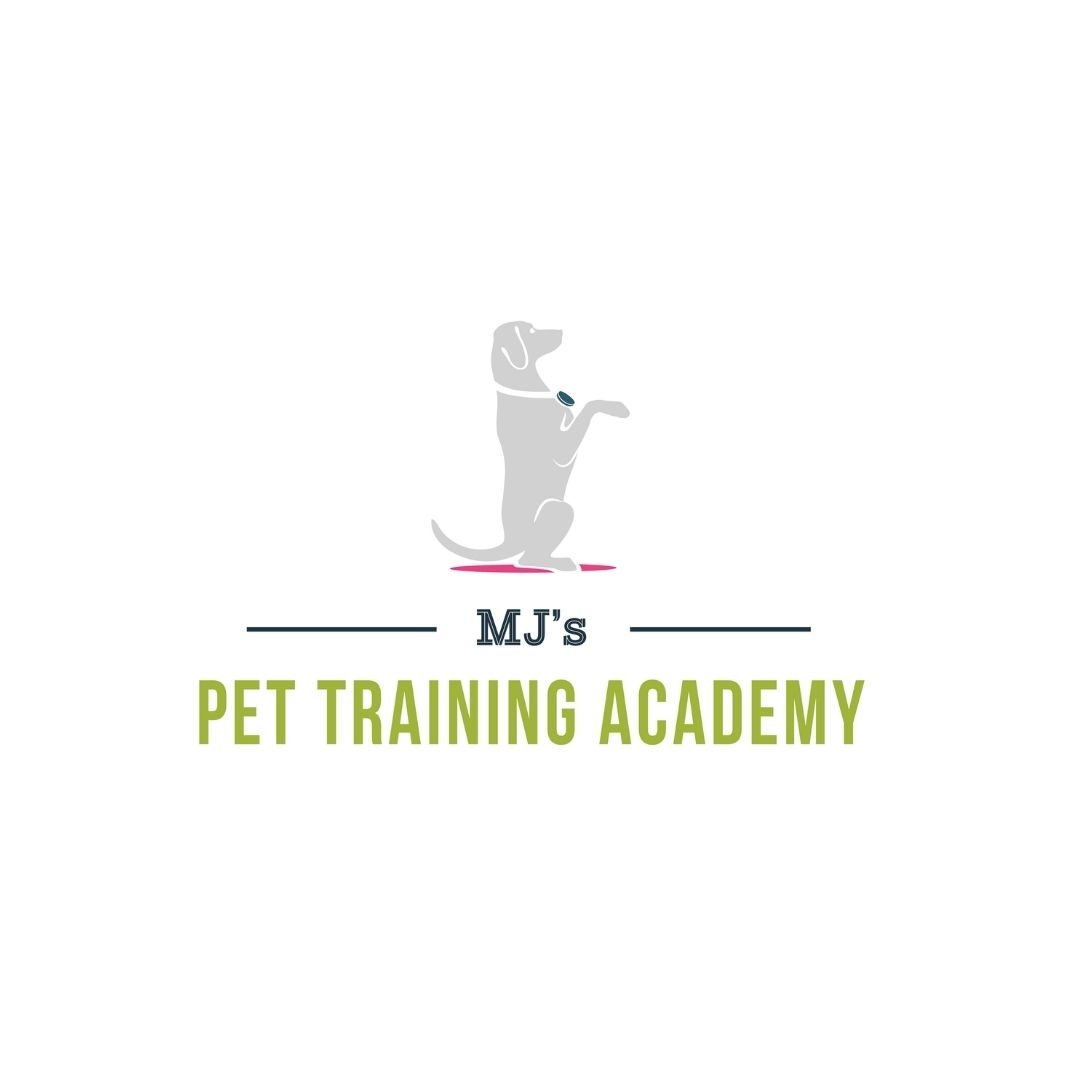Training Your Dog to Circle to Your Side
A simple yet versatile skill to train your dog is to circle to your side on cue. While this is an essential skill for competitive obedience, trainers sometimes overlook it in pet dog training. There are two ways dogs return to the heel position, which is at the handler’s left side. The dog can return by turning in a circle to the handler’s left or by passing by the right side to cross behind the handler’s back and end up on their left. In obedience, this is referred to as a finish. Think of the left heel as the primary position in training. Finishing means returning to that position. Your instructor might say “finish” after a recall, which is your cue to give your dog their cue to return to your side.
I call the left finish “flip” and the right finish “around”. Since I differentiate between the two, I have two separate cues. I also train a hand signal for each. When naming behaviors, it’s essential to think about how each verbal cue sounds to your dog. For example, “flip” can sound a lot like “lift,” a cue I use for stand. I make sure to say the words differently so that the dog can hear the difference.
Some people will refer to the finish left as the “heel.” While this can work, if you want to differentiate between different types of finishes, such as finish left, finish right, and finish for a right-side heel, you might want to call them something else. I like to name each movement. I use “heel” to tell the dog to move with me while in the heel position.
Release signals are essential. Once you tell your dog to “flip,” you need to end it as well. Your dog should remain in the position, whether you are standing still or moving, until you use your end cue, such as “break.”
Heelwork is an exact style of walking with your dog. When going for a walk, your dog shouldn’t heel for the entire walk. Walking politely is not the same as heeling with complete focus. Heel has a start and end. Once you cue your dog to heel, you should also let them know when they are free to move out of the heel position. “Flip” and “around” are different ways to get your dog to the heel position.
You may sometimes cue your dog to your side without requiring them to heel forward. Let’s say you are at a park with your dog, and your dog is walking calmly a few feet in front of you. While there is no problem with your dog walking politely ahead, if you see a runner approaching, you might want to bring your dog in. To give the runner space, you tell your dog to “flip.” Your dog promptly turns to your left and waits there until you say ‘break’.
I often introduce the “flip” to owners in the same class I introduce luring. Students start by getting their dog to follow a lure. With the cue “follow’ the student lures their dog around a bit as the dog follows their hand closely. Then they lure the dog around a cone, without going around it themselves. The dog goes around the cone and then returns to the handler. They can lure the dog around the cone in a clockwise direction and then lure their dog to the left side, creating a figure 8 shape. This is a great way to teach the finish left. There is no need to use a verbal cue at first. The goal is to get the dog following the lure to start, and then add the cue once the dog can easily reach the handler’s side. The handler would say “flip” right before their dog lands at their left side.
You can practice “flip” from many positions. Dogs can start facing you while sitting at your feet. You can cue your dog to your side from a distance, too. The skill is fun to train, and it has numerous uses, even if you don’t need to train precision heeling. The best part is that when you train this skill, you are also working on your luring techniques. While not the only way to train “flip,” this technique works well in the group class setting.
I like to get the dogs moving and then have students take steps after a few times of circling the cone and finishing the dog to heel. The dogs tend to be engaged while playing this game. Soon, the dogs follow their handler’s cue to circle, flip, and then pass by each other without the dogs becoming distracted. These are great games to play in group classes or at home.
